Last article (3 of 3) in three part stem cell series.
Stem cell decline goes with aging. With the right growth factors, we can awaken our lazy stem cells to repair our aging organs.
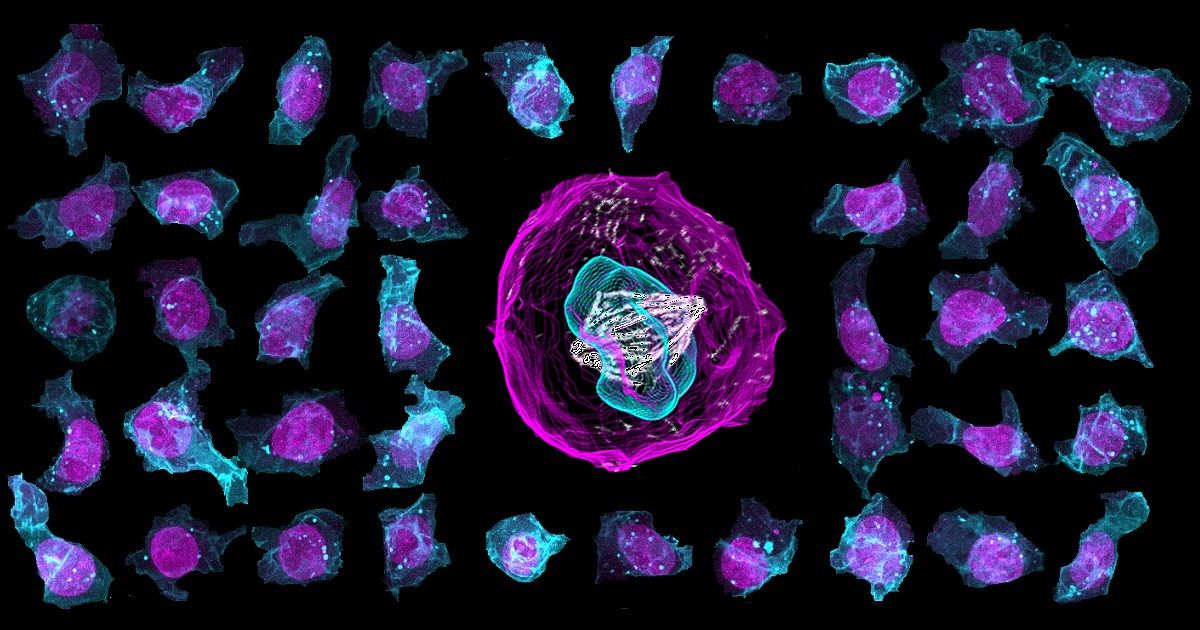
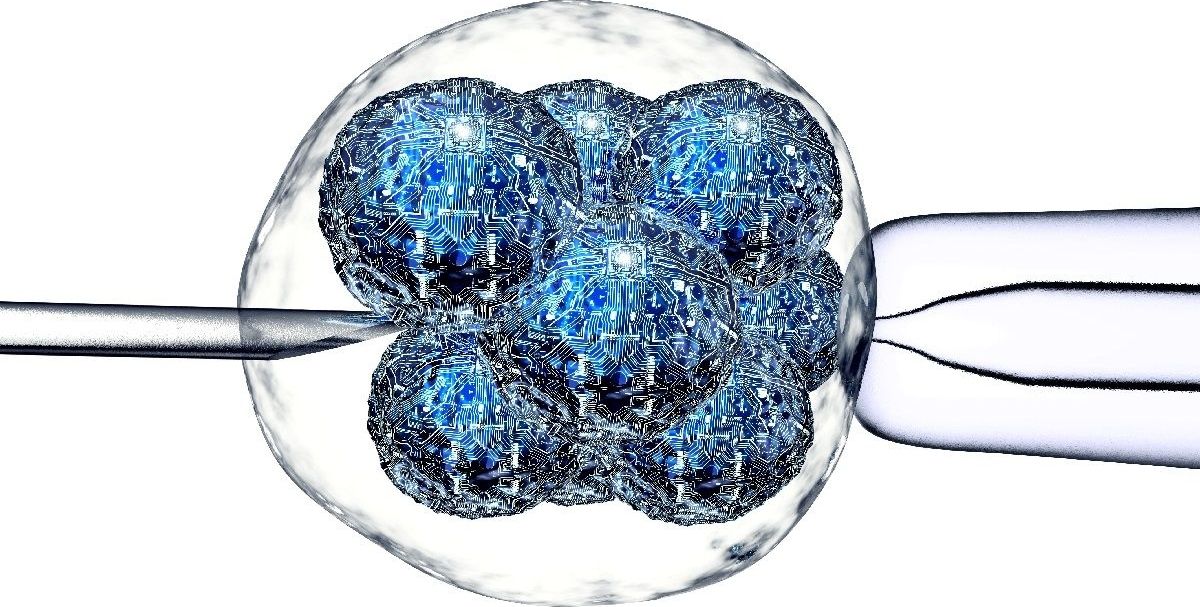
Second article (#2 of 3) in three part stem cell series.
Summary: Stem cell decline leads to disease, gradual organ failure, and death. Learn what causes it and how researchers are trying to reverse stem cell decline. Part one of a two-part series.
Are stem cells the fountain of youth?
Recent discoveries suggest that stem cells may be able to regenerate most of our organs in the near future. Using regenerative medicine, death and disability from organ failure will soon be a relic of the past. Gone too will be the failures associated with organ transplantation. Using stem cell therapy, our declining immune systems will be restored, no longer compromised by old age. Finally, stem cells can minimize the dysfunction and mortality associated with infectious diseases.
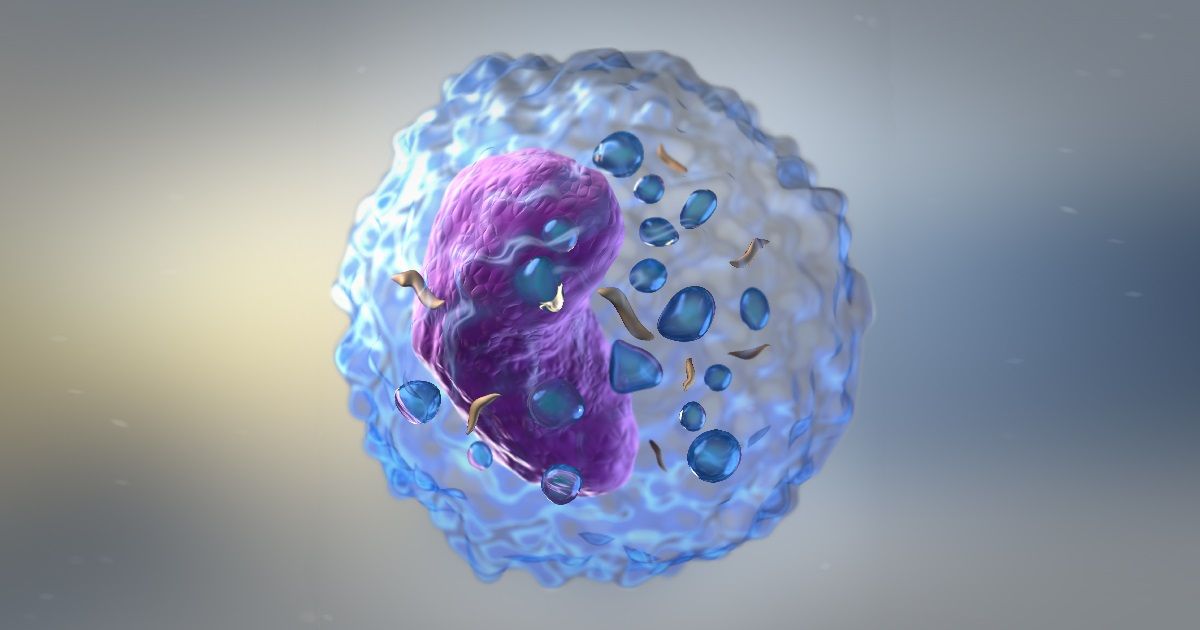
Cellular Garb-aging is the build-up of junk inside the cells that naturally occurs during aging. This article says why it happens.
To maintain protein homeostasis, and prevent garb-aging, the cell uses molecular chaperones, which help assemble and disassemble proteins. Chaperonins are a special class of chaperones that provide favorable conditions for the correct folding of other proteins, thus preventing aggregation. Chaperonins prevent the misfolding of proteins, which prevents conditions such as Mad Cow Disease. Sometimes, chaperonin proteins may also tag misfolded proteins to be degraded. When properly tagged, other processes can recognize the damaged or misfolded proteins and ‘take out the trash.’
Think of it as garb-aging removal.
Aging Leads to Cellular Garb-Aging
Unfortunately, advancing age brings about the decline of the molecular chaperones that aid in the folding process. To add insult to injury, we also experience a decrease in the other quality control process that help clear misfolded and damaged proteins from our cells. Our garb-aging removal processes fall to the wayside. Garb-aging takes its place.
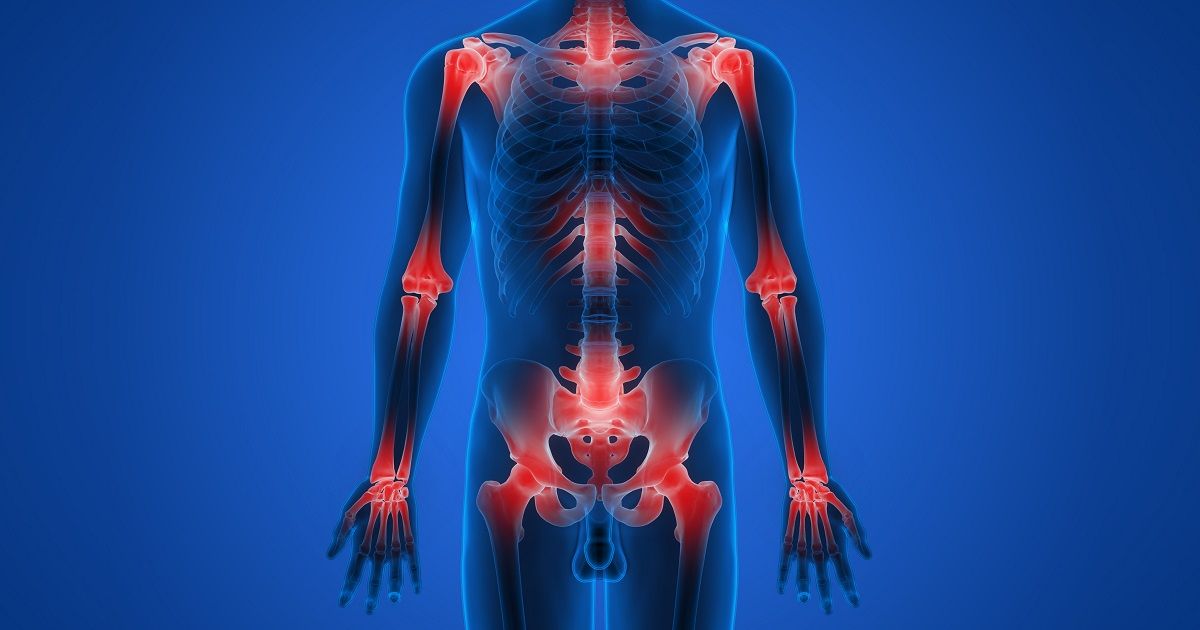
Researchers have discovered why inflammaging occurs and are working on new treatments. Inflammaging is new medical term for “the chronic inflammation brought on by old age.”
Summary: Inflammaging is a low-grade inflammation brought on by old age. It accelerates the aging process and worsens diseases like cancer and heart disease. Because inflammaging accelerates aging, geroscientists are perfecting a few cures for the condition.
As we age, most of us tend to develop a low-grade chronic inflammation that causes disease and damage throughout the body. Because this low-level inflammation typically accompanies aging, scientists have nicknamed it ‘inflammaging.’ Most geroscientists implicate inflammaging as the cause of many of age-related diseases including diabetes, heart disease, cancer, and dementia. These chronic diseases accelerate aging and shorten our lives.
There is good news, however. Geroscientists feel that reducing inflammaging will eliminate or reduce these diseases. In fact, these anti-aging scientists have developed several potential remedies to solve the problem.

The number of people who believe—based on data, not faith—that humans can become (almost) immortal is growing, and includes the likes of scientists, billionaires, engineers and billionaire-engineers. For instance, investor Peter Thiel has donated to the anti-ageing cause, in addition to the $500,000 (around ₹3.2 crore) Palo Alto Longevity Prize for anyone who can radically extend the life of a mammal. Larry Ellison, the co-founder of Oracle, too has donated $335 million to scientists studying ageing before he decided to redirect his foundation’s grants toward eliminating polio in 2013.
When, in the future, expensive baubles cease to hold the same novelty they do today, redefined concepts of luxury are what the super-rich can pick from.

By harichandan arakali forbes india staff
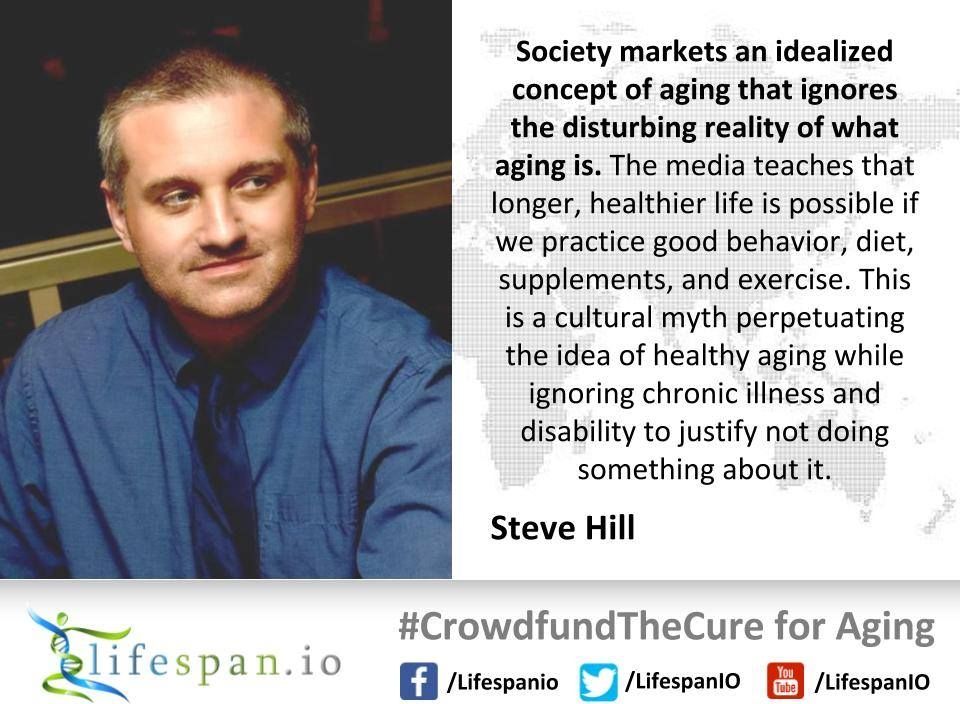

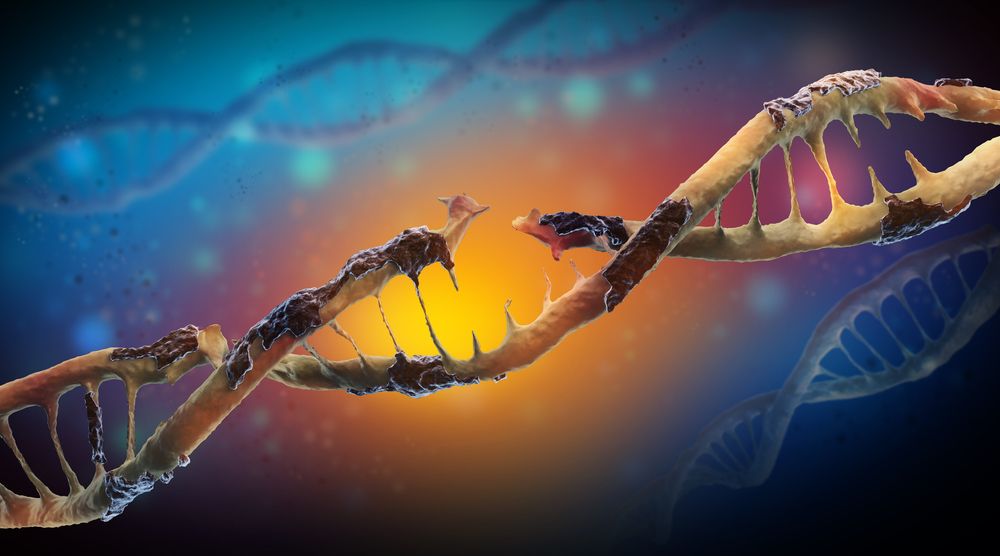
We are doing a series of articles that discuss the Hallmarks of Aging. Published in 2013, this paper is highly regarded in academia and is one of the most cited papers in biology, with an average of being cited once every two days. The paper divides aging into distinct categories (“hallmarks”) of damage to explain how the aging process works and how it causes age-related diseases[1].
Today, we will be looking at one of the primary hallmarks, genomic instability.

They made their money by harnessing tech to transform life. Now, they want to use their wealth to extend the limits of life. Longevity is the new frontier for these Silicon Valley barons and they hope to again do what they do best, transform life as we know it and make a killing off it.
